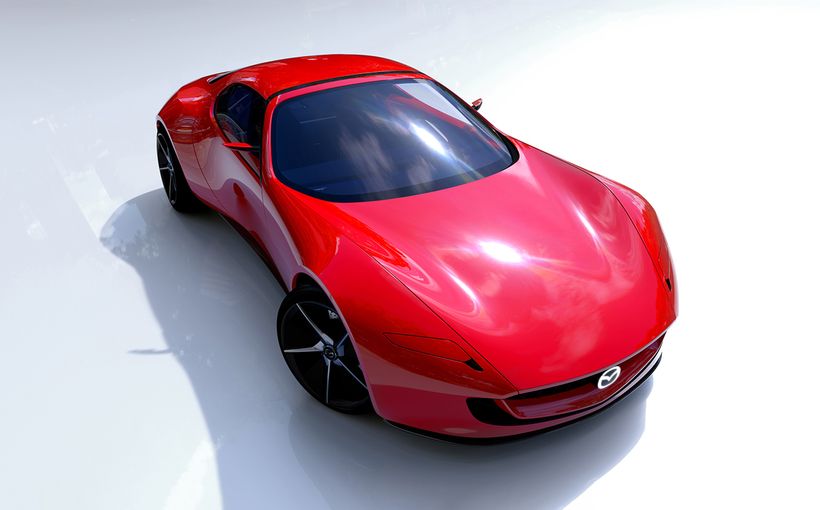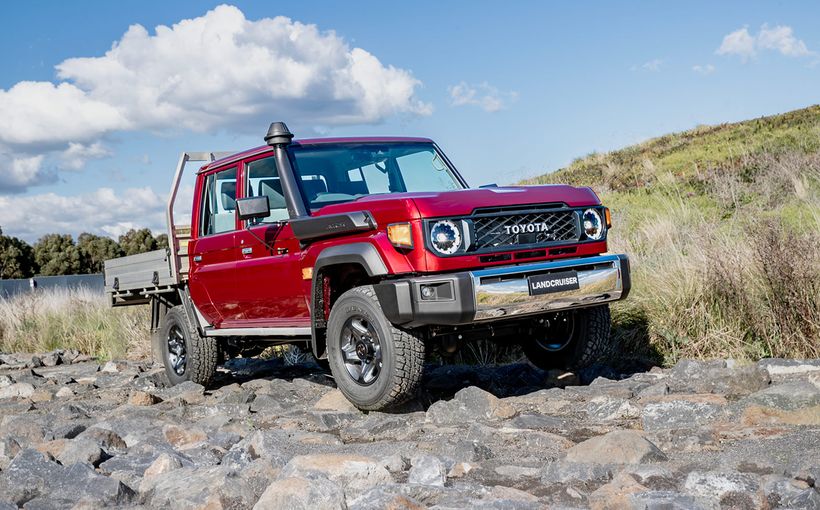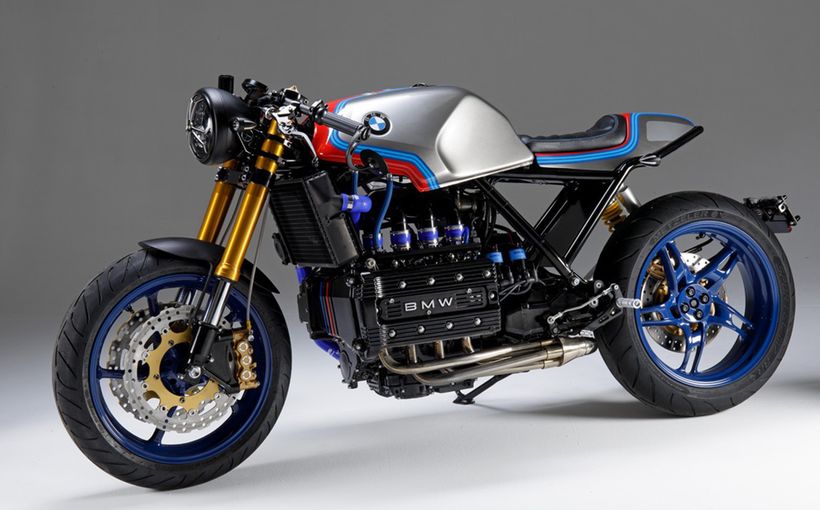Does the fabulous BMW M2 honour its brutish brethren?
WHEN we first set eyes on BMW’s beautiful 2 Series coupe, the first thought that came to mind was whether the German car-maker would ever treat the model to an M-power performance makeover, and in October, our prayers were answered.
Detroit’s motor show will this year provide the stage for BMW to unveil a model that will, for the first time in its 40-year history, pair the iconic M-badge to a number not yet associated with it.
When it launches globally early next year, the M2 will breach new territory for both BMW and its purveyor of potent performance, completing the numerical linearity from M1 to M6.

Powered by a twin-scroll-turbo 272kW/465Nm 3.0-litre in-line six-cylinder engine, the rear-wheel-drive two-door M2 is expected to pack a typical M-car punch, but quite who it goes into the ring with is not completely clear.
In the Mercedes corner we find the AMG A45 and CLA45 all-paw hatch and sedan, but with grenade-like 2.0-litre engine and no coupe offering, it’s not a direct match. The same goes for Audi’s RS3, which has almost as much power as the BMW from a five-cylinder, but is only available as a five-door Sportback.

If Audi goes ahead with a replacement for its wonderful TT RS we could be looking at a contender, but until then, the baby Beamer has the hi-po small coupe segment largely to itself.
Either way, BMW will be rekindling the enthusiasm of M-car fans who fondly remember similarly proportioned models such as the E36, E46 and E92 M3, which offered the same recipe of elegant coupe body with tyre-shredding rear-wheel drive power.
The M2 has lightweight aluminium sports suspension lifted from the M3 and M4, along with 19-inch alloy wheels with wider tyres at the rear.

Power is delivered to the rear wheels via an active differential for what BMW calls optimal traction and directional control. A multi-mode ESC system includes a dynamic mode that allows a little wheel slip for drift hooning.
Real driving enthusiasts will delight that the M2 is available with either a dual-clutch automatic transmission or a DIY six-speed manual and when fitted with the auto and launch control, the M2 will hit 100km/h in just 4.3 seconds.
That’s just 0.2 seconds off the pace of its M4 bigger sister when in auto guise and even when it has the manual gearbox, the M2 can get to 100km/h in 4.5 seconds – half a second quicker than the M235i coupe.
The closely related M235i isn't quite a true M-car and, although it has a very similar engine under its bonnet, BMW didn't deem its 240kW enough to wear the esteemed M-Power rocker cover.

But BMW’s M-brand is something of an institution and we feel the M2 might be a slight deviation from the path first set out by those first heavily modified models.
Since it started the line of vicious but refined high-performance vehicles in the 1970s, the German car-maker has been transforming a selection of its more conventional models into fire-breathing road-rockets for the performance purist.

The first true M-car was the race-bred M1 which debuted as a standalone model powered by a 3.5-litre 204kW six-cylinder mounted mid-ship, but the same engine later found its way under the bonnet of the E12 5 Series, creating the first M-car to be based on a regular model.
In a more customary 5 Series of the time, you could have a range of engines including a 3.4-litre six cylinder, but for the first M5, BMW completely redesigned the engine and swapped the 12-valve cylinder head for a 24-valve version.

The first M3 had a 2.3-litre four-cylinder engine with four valves per cylinder, while the flagship non-M car had a 2.5-litre six-cylinder with two valves per cylinder. Our point? M-power engines have always been significantly different from the rest of the range.
The M2 certainly has enough grunt to wear the light blue, dark blue and red badge but a 3.0-litre turbocharged six-cylinder is not exactly an exclusive engine for BMW. The M3 and M4 power pair also have the same configuration (albeit twin-turbos), while at least one variant in the 1 Series, 5 Series, Z4, X4, X5, X6 and aforementioned M235i all have, you guessed it, a 3.0-litre turbocharged six-cylinder.
We have no doubt the M2 will be a razor-sharp sports machine just like all the M-badged models before it but is it different, and dare we say it, special enough to carry on the bloodline?
Daniel Gardner GoAuto.com.au
Protect your BMW. Call Shannons Insurance on 13 46 46 to get a quote today.









